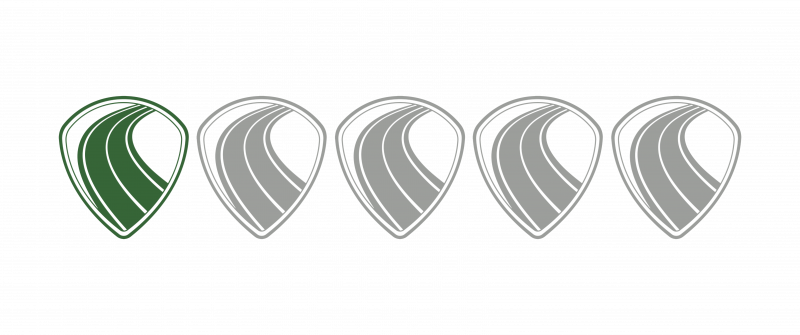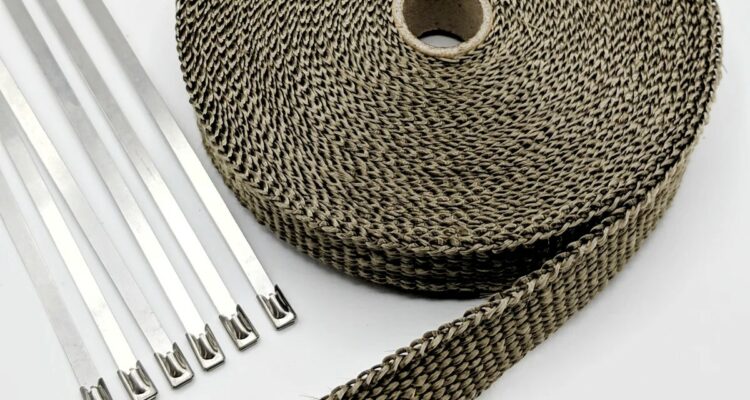How To – Carry Out a Compression Test
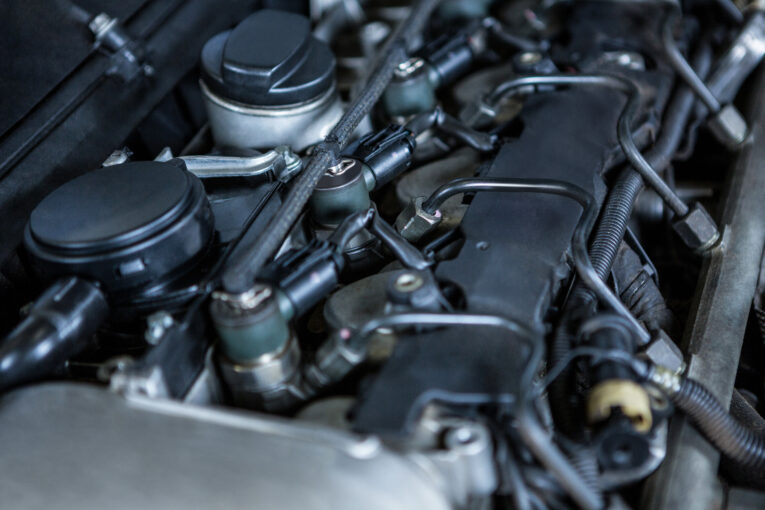
Difficulty
What Do I Need?
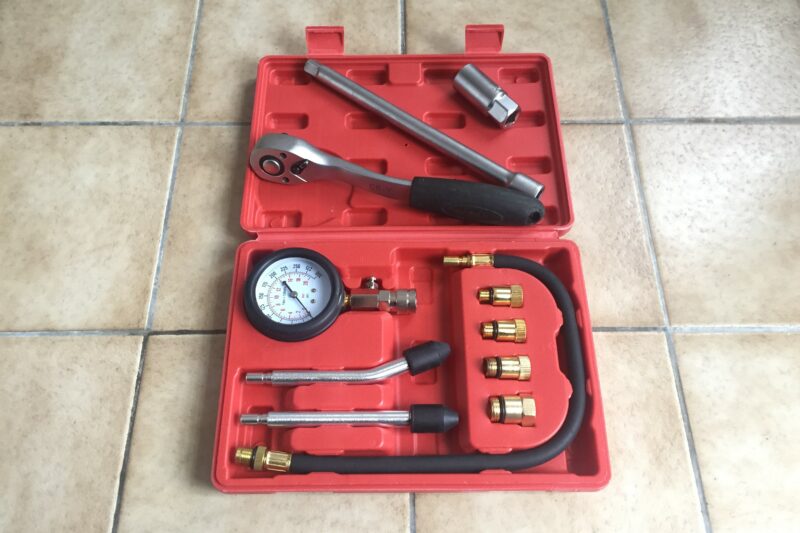
Compression tester
Basic hand tools, including the correct size spark plug socket
A friend to help with the compression test (optional)
Why Should I?
It’s all well and good hooking your peepers on your engine and giving it a thorough visual inspection but as eagle-eyed as you may be there’s only so much you can discern without digging a little deeper. And that’s where a compression test comes in. It’s a simple process using basic apparatus which is essentially a pressure gauge connected to a piece of hose that you connect to each cylinder in turn to ascertain the integrity of said cylinders. Piston rings, valves, valve seats, valve seals, and cylinder head gaskets are all relied upon by your engine to hold pressure in the cylinder and an engine with low compression will misfire, suffer from rough running, perform poorly or even not start at all if all cylinders are affected.
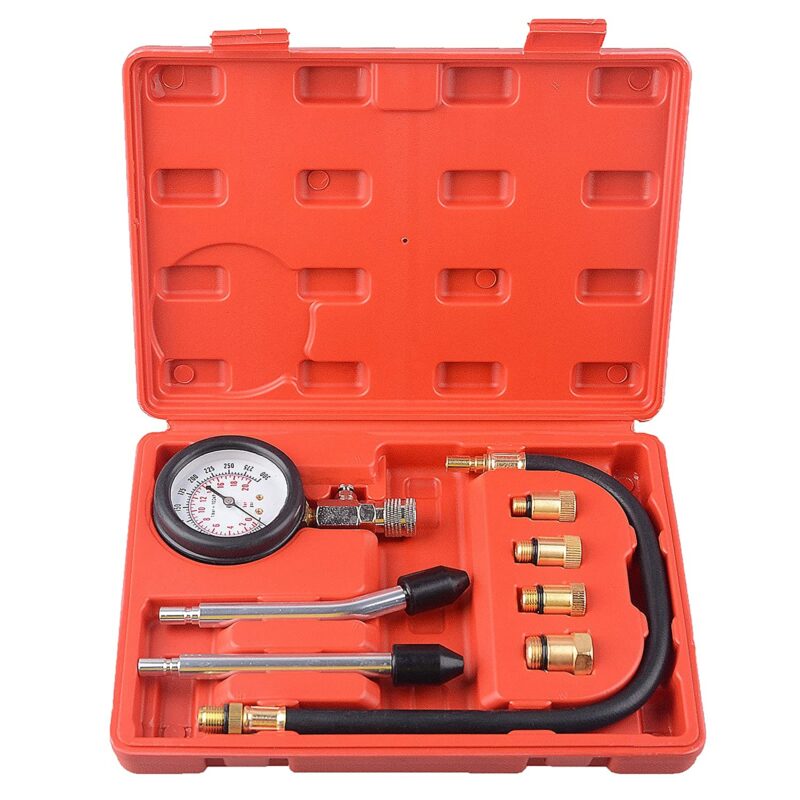
The generally accepted rule is that a healthy engine will have anything over 100psi in all cylinders, but what’s more important is the level of discrepancy between them, with no more than 10% being the golden figure. Imagine having thrown a ton of money at your classic either fixing, modifying or upgrading the engine only to realise that it’s an absolute lemon. It doesn’t bear thinking about! So with that in mind, grab a compression tester and let’s get to it.
Talk Me Through It
NB: Whilst you don’t necessarily need another person the process is easier with an extra pair of eyes.
1) Disable the ignition and fuel systems – we only need the engine to crank, not start. We pulled the ignition lead from the coil and removed the fuel pump fuse.
2) Remove the ignition lead and spark plug from the first cylinder. A dedicated spark plug socket will prevent any damage. It doesn’t matter which one you start with as long as you keep a note as you go and do them one by one.
3) Connect your compression tester to the cylinder by screwing the gauge into the hole where the spark plug was.
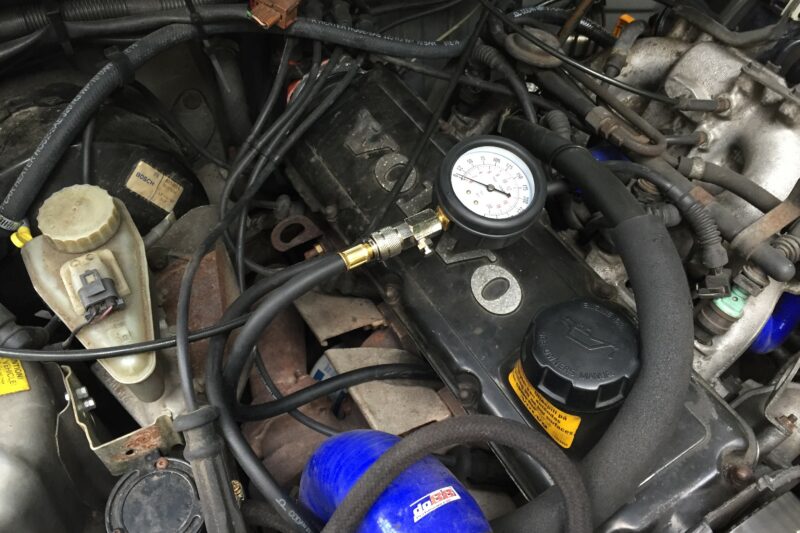
4) Crank the engine five or six times so as to get a stable reading.
5) Write down the reading in correlation to the cylinder number. This is where your friend can help by keeping an eye on the gauge whilst you are in the car.
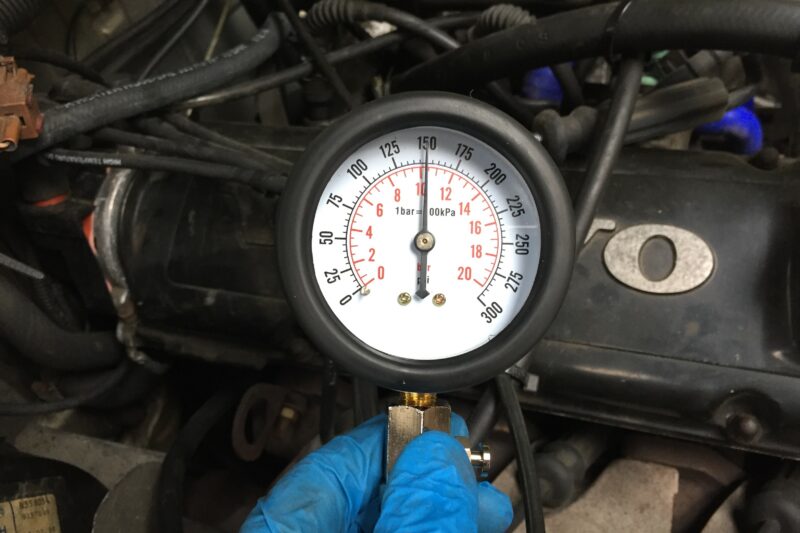
6) Replace the spark plug and repeat steps 2-5 with each additional cylinder.
7) Once you have tested each cylinder make sure the spark plugs and ignition leads are re-installed and reconnect your ignition and fuel systems.
8) Either rejoice at your healthy numbers or lie, down, curl into a ball and cry.
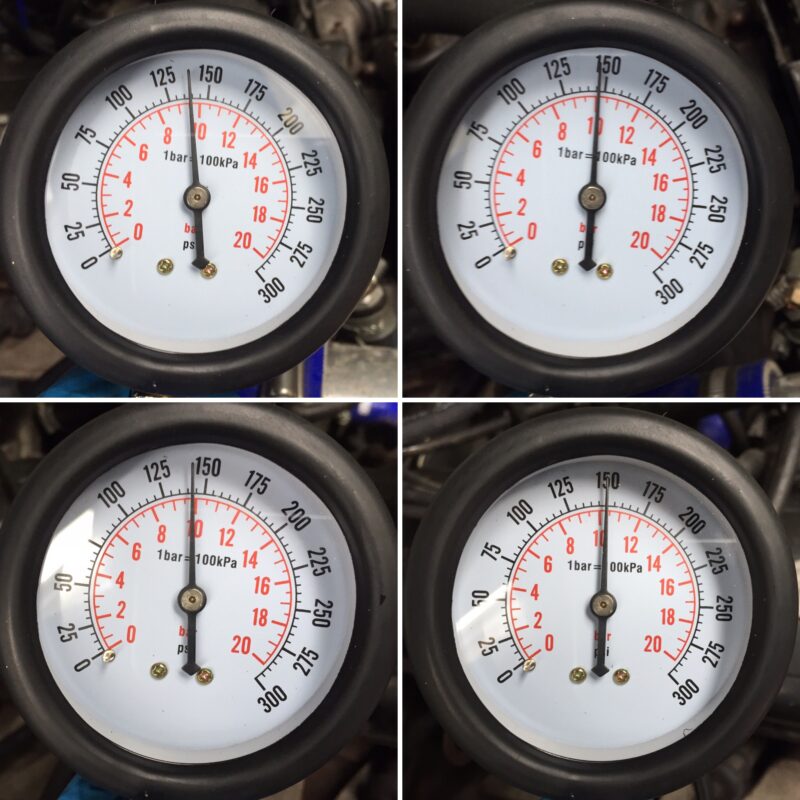
Conclusion
A compression test is one of the easiest jobs you can carry out but it is also one of the most important. Healthy compression in an engine is key to it’s efficacy and how it performs and knowing that there is an issue with any of the cylinders, rings or valves can save you a lot of time, money and heartache. If you’re considering buying a new car or simply trying to fettle an existing engine then a compression test is a must.

